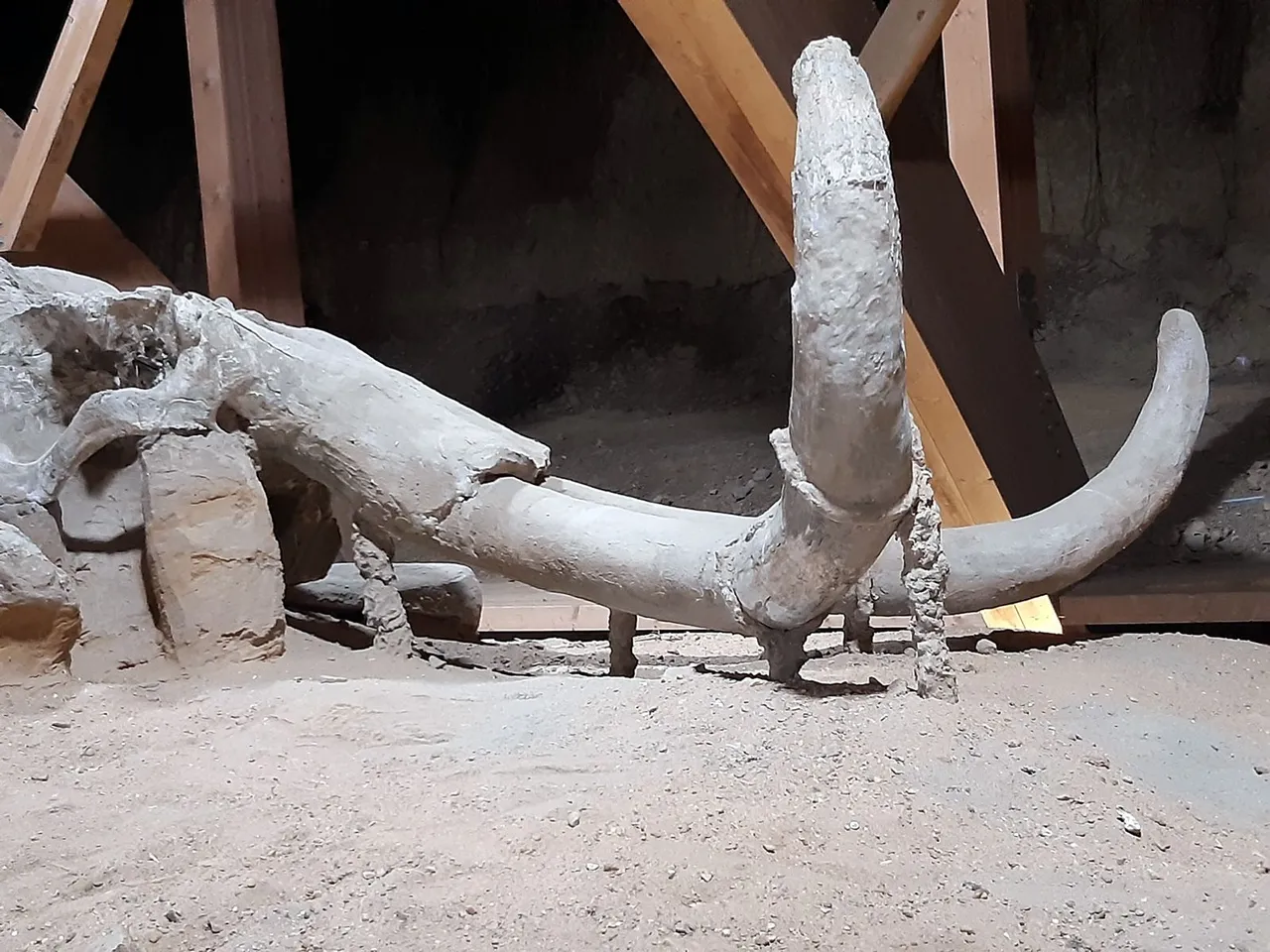
But let’s see why Vika is significant and special? Mammoths roamed Asia, America, and Europe, but the most significant remains of mammoths were found in the frozen soil of Siberia and Alaska. Most of the remains are between 30,000 and 40,000 years old. The number of discovered mammoths has increased since the beginning of gold mining. Vika was also discovered by accident, but not by digging for gold, but by a worker who was extracting gravel. Her skeleton was at a depth of 27 meters, covered with a thick layer of gravel. What is also significant is that the entire skeleton was found on the spot, which is a rarity!
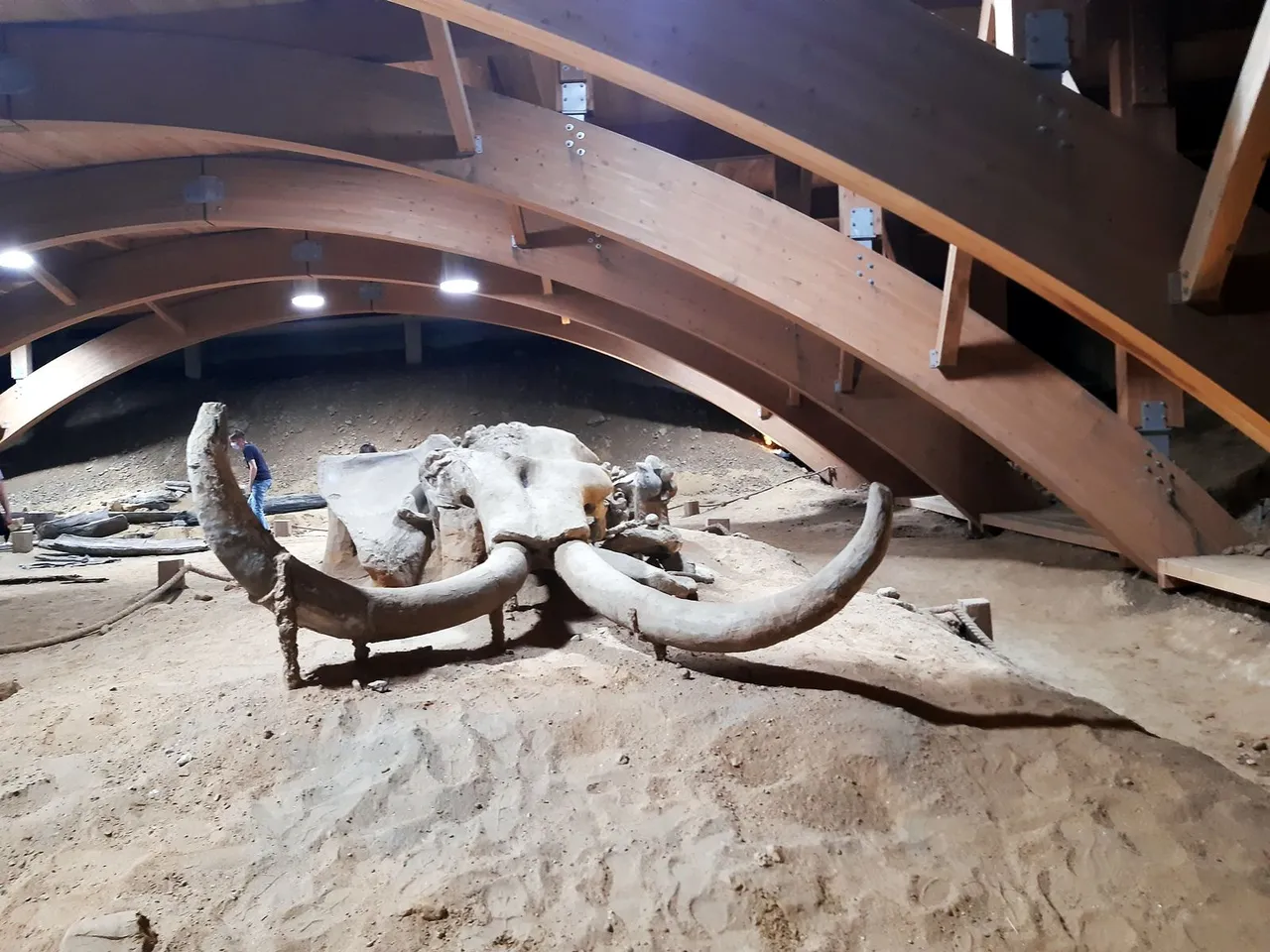
Vika most likely belonged to a type of steppe mammoth (mammuthus trogontherii) and its age is estimated at about a million years, which corresponds to the age of the sediments in which it was found.
We can guess what happened. A million years ago, Vika, already 60 years old, with her weight of about 10 tons, got stuck in the mud and swampy soil of the former delta of the river Morava, from which she could not get out. In the position in which she lay down, Vika was found a million years later. Doesn't this sound amazing!
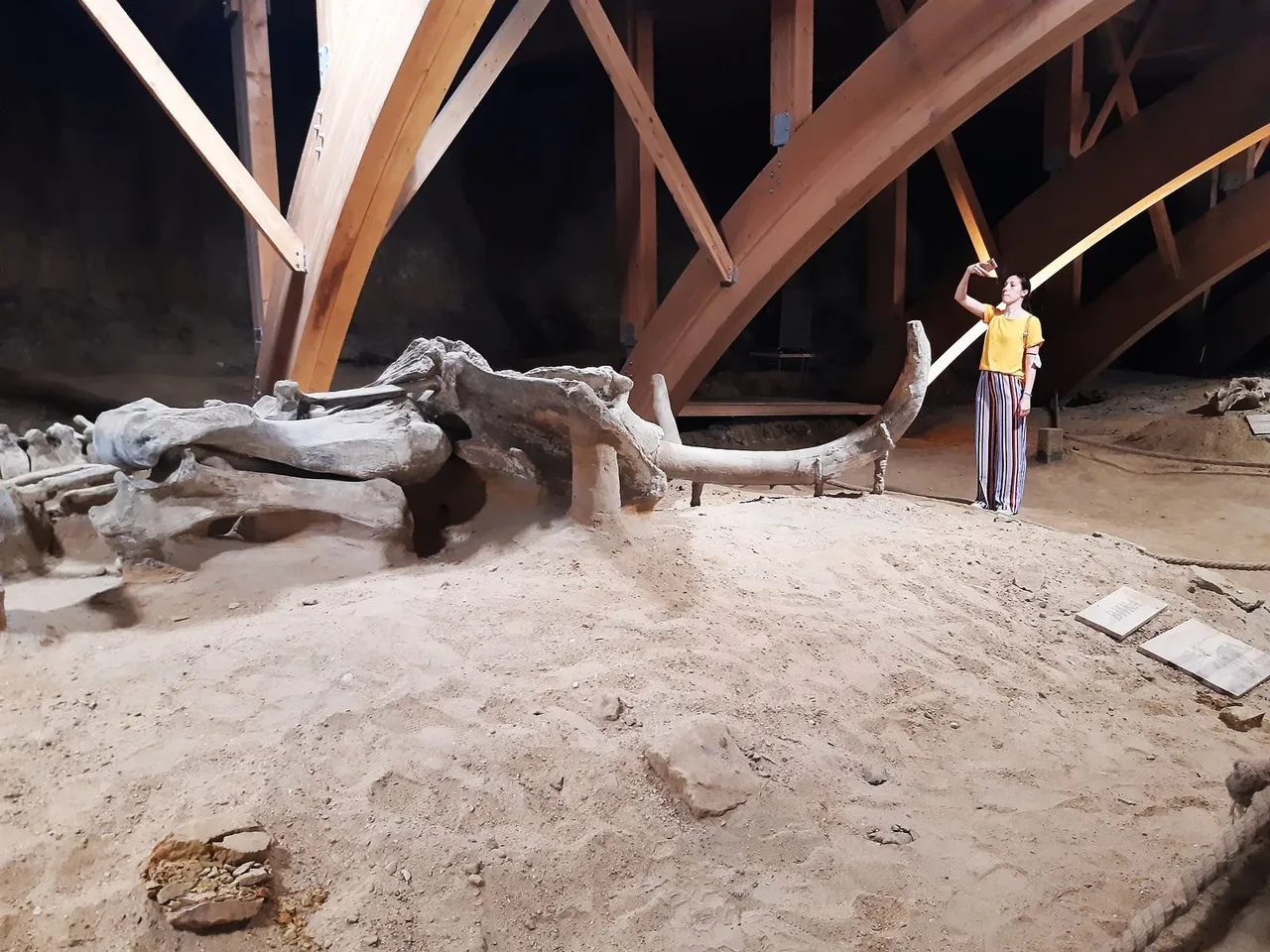
Vika was named after the Roman city of Viminacium because it was found near this archeological site.
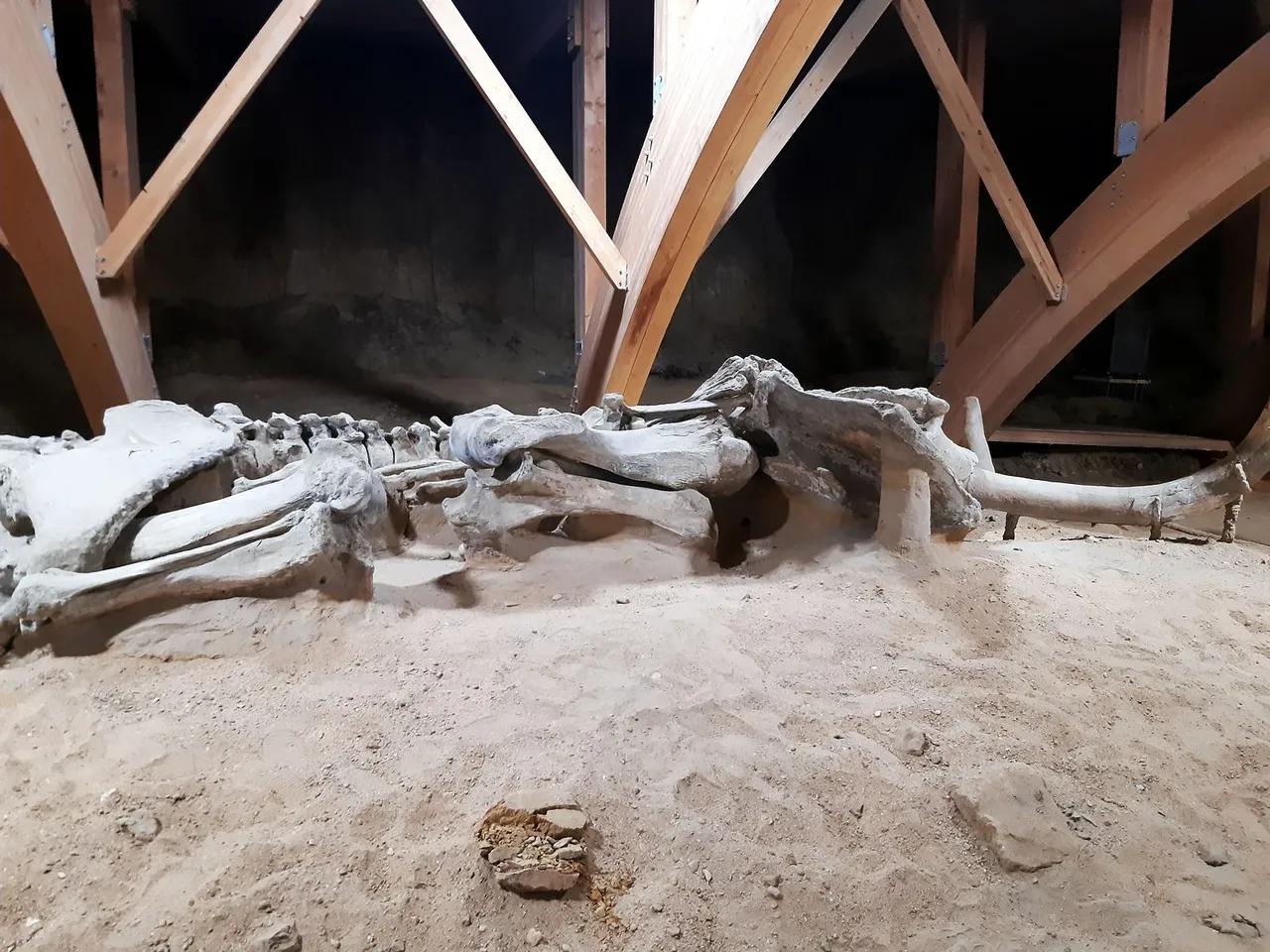
A couple of years later, the remains of other mammoths were found, but they have not been preserved like Vika, although they are her younger relatives. They were given nice names: Nosko, Trbuško, Lenka, Djomla and they are all in Mammoth Park together. The remains of the mammoth are housed in a large cool room with special conditions and natural light is provided, although it may not seem so in the pictures.
Today, Vika is the star of Mammoth Park and the entire archeological site of Viminacium, the ancient Roman city, which will be discussed later. Only 4% of the sites have been explored, but intensive work is being done to fully investigate the site. Here is a paradise for both archaeologists and paleontologists.
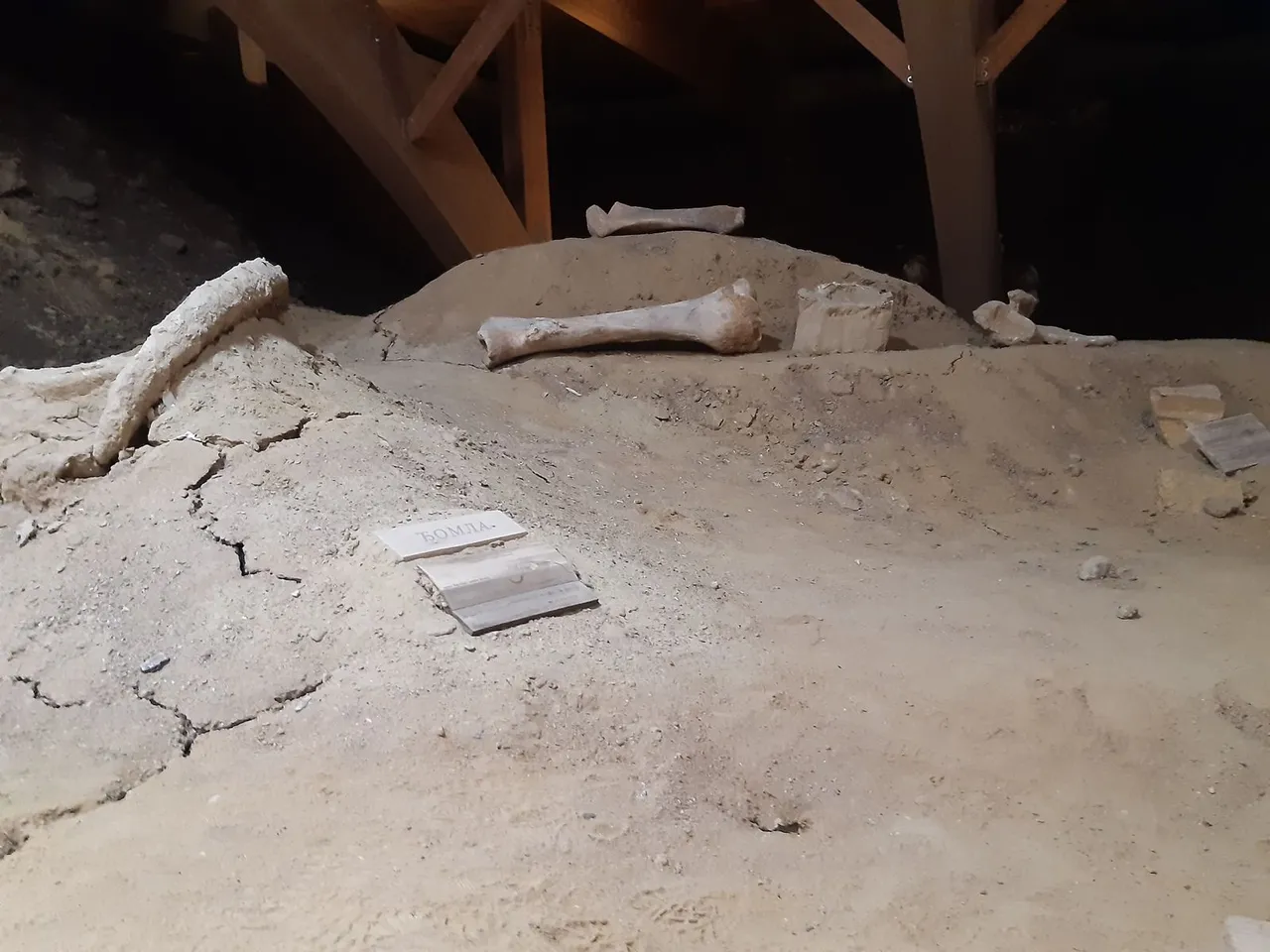
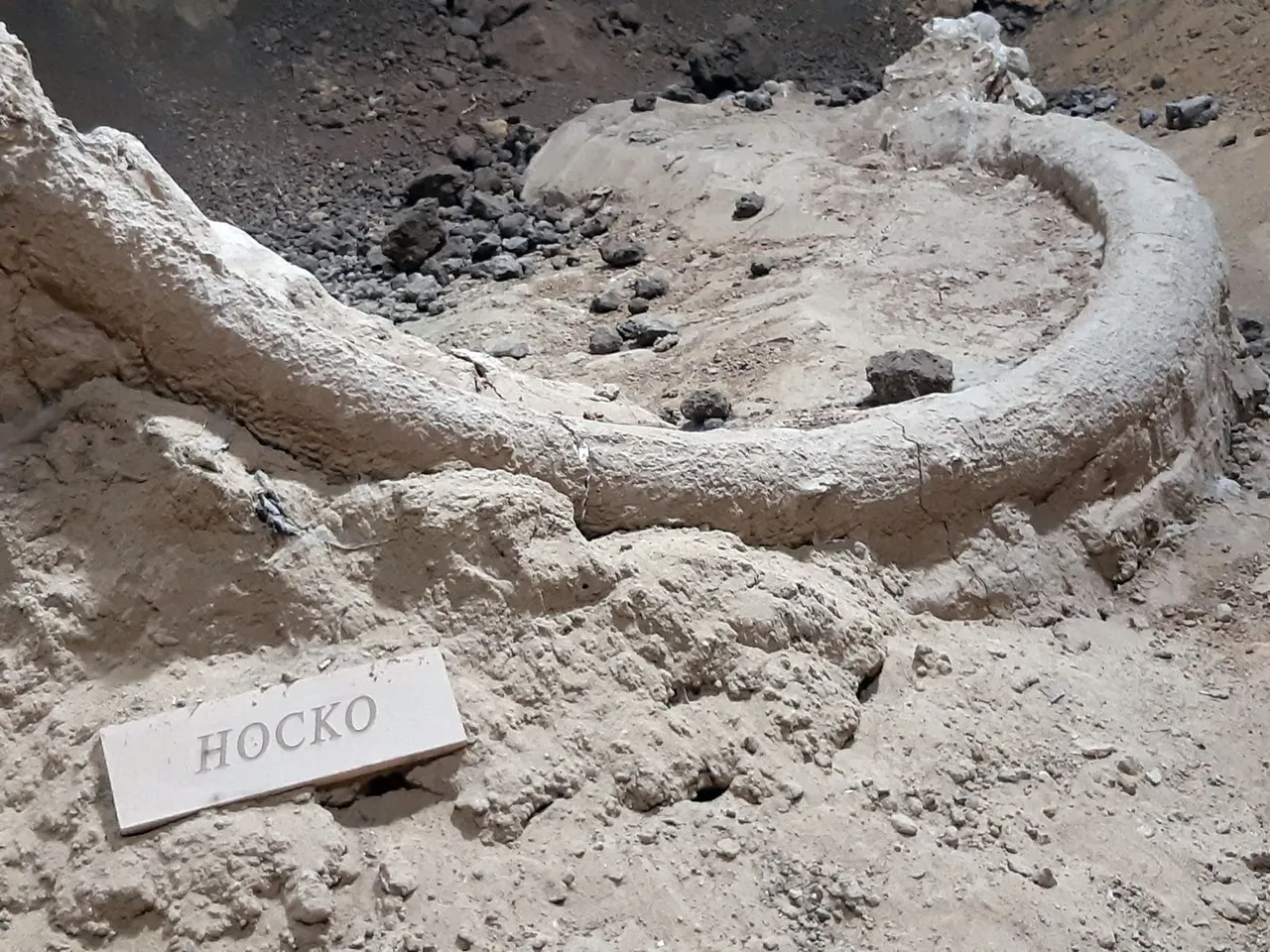
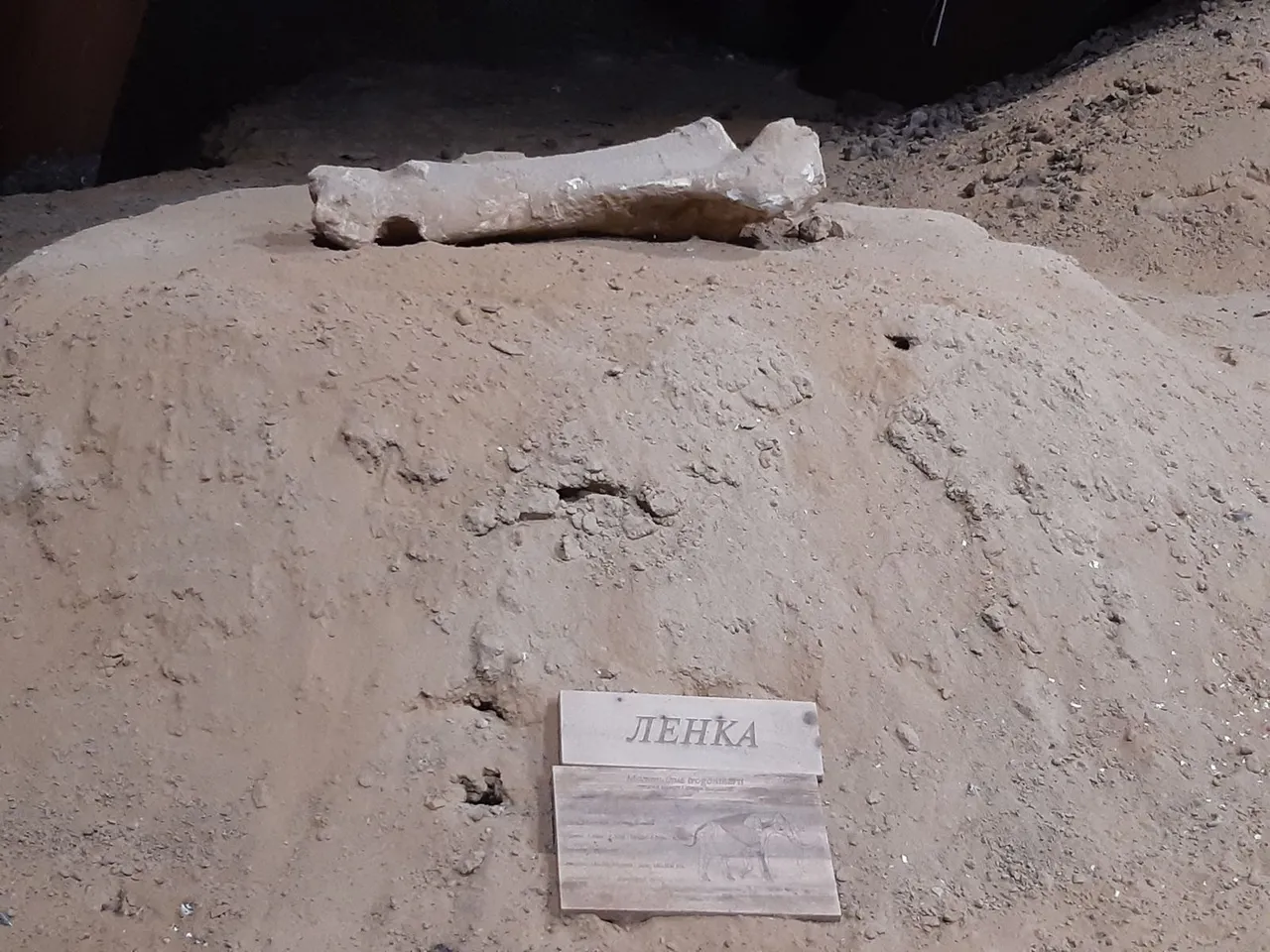
The remains of the bones of these giant mammals were a great enigma to people who came across them by chance. So they believed that they were the bones of giants, unicorns, or other mythical creatures. It just says how little we know about the past and how much we still have to learn, find and understand. And there is a lot of beauty in that, especially for us nature lovers!
Have a nice evening!😊
Your Snežana
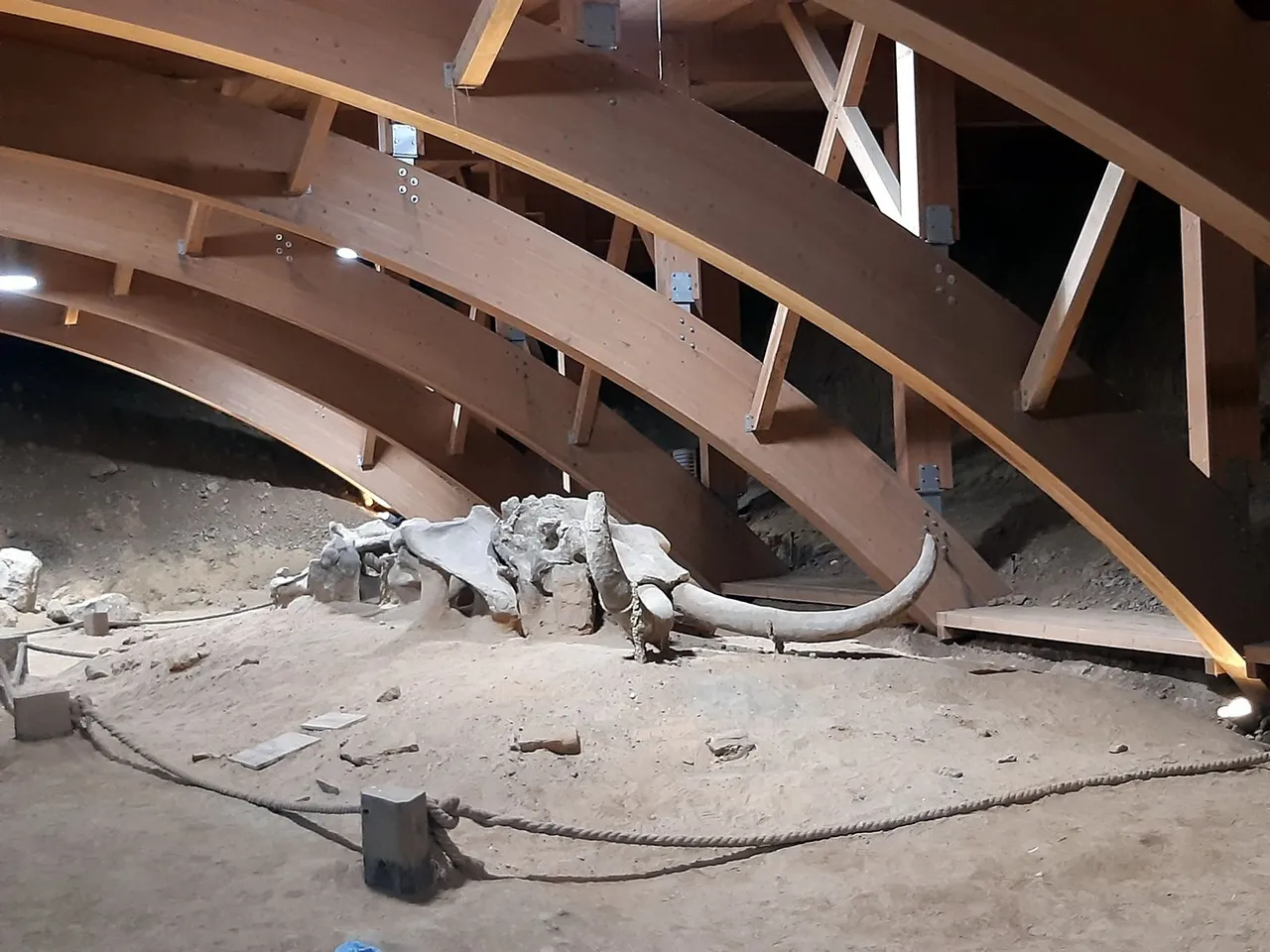
Note: The information I presented in this text I heard from the guide during the visit to the site, and check here, but I also found some interesting things about mammoths in the encyclopedia of my ten-year-old son who is currently obsessed with the ice age: "Ice Age" by Rainer Krumenerl. It is amazing how interesting children's encyclopedias are! :D
My story for: Amazing Nature Contest - June 2021 - #02
